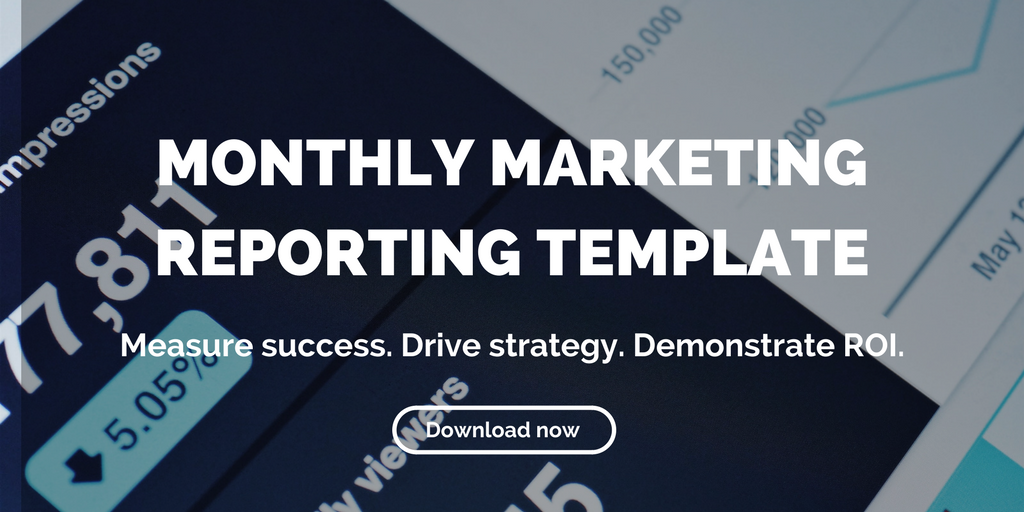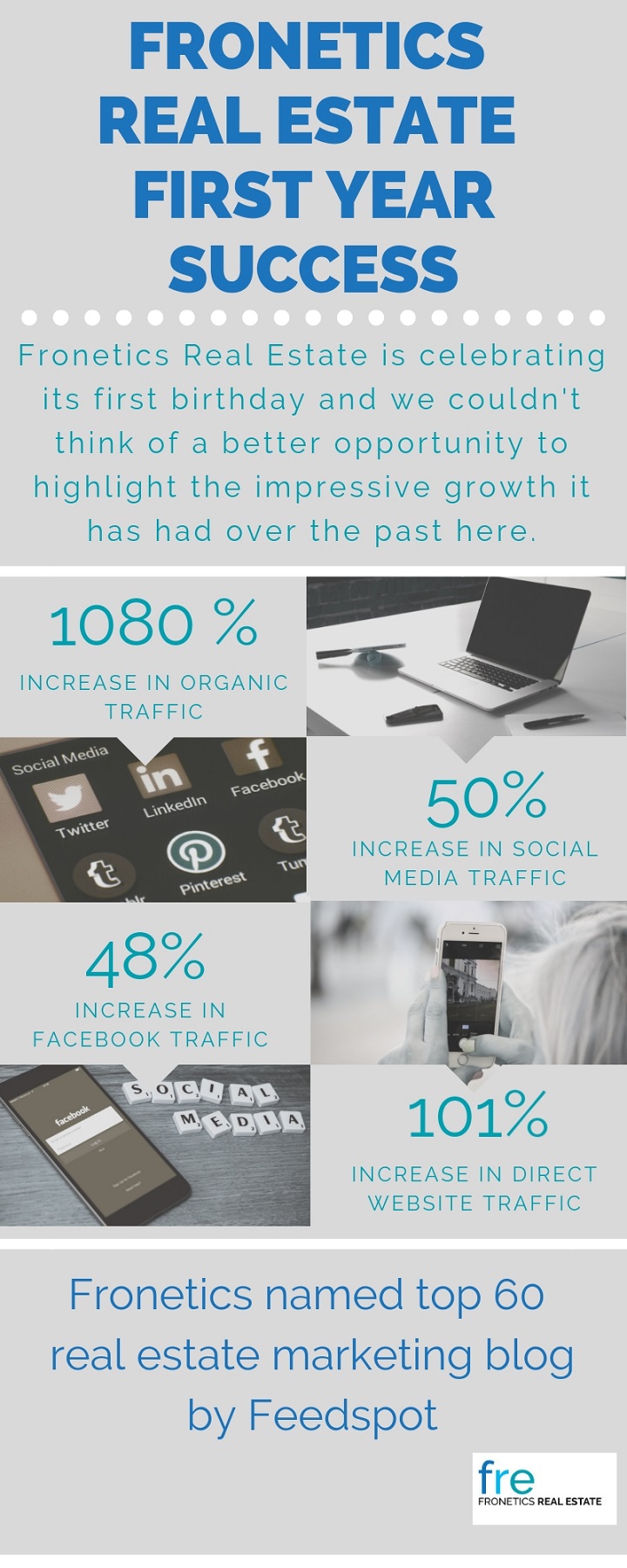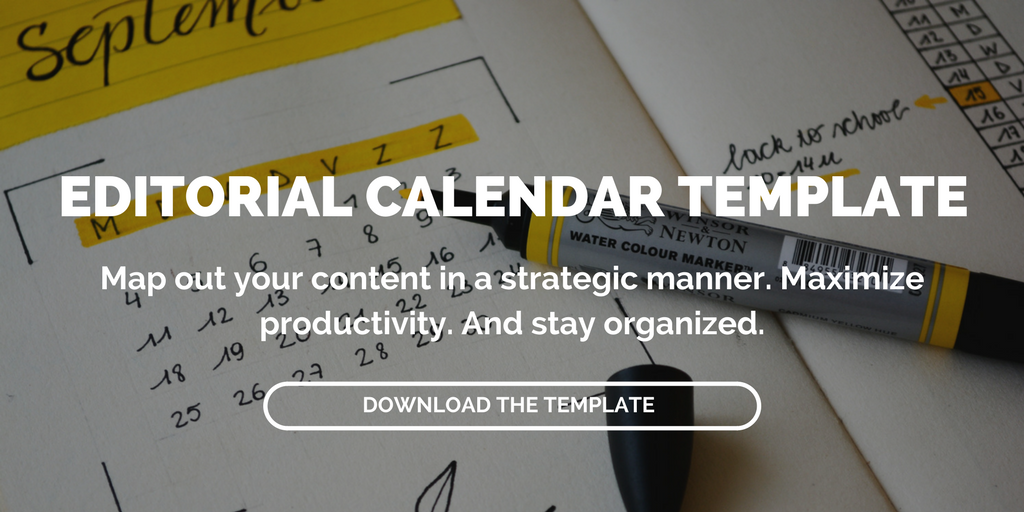Your search results for "C_HCADM_05 aktueller Test, Test VCE-Dumps für SAP Certified Technology Associate - SAP HANA Cloud Provisioning and Administration 👷 Öffnen Sie die Website ➡ www.itzert.com ️⬅️ Suchen Sie 「 C_HCADM_05 」 Kostenloser Download 👌C_HCADM_05 Online Prüfungen"

Real Estate Marketing Leads: 4 Myths (and How to Disprove Them)
Don’t let these four myths get in the way of creating an effective strategy for capturing real estate leads.
Highlights:
- As you start to develop your lead-capture strategy, don’t let certain myths and misunderstandings derail your efforts.
- If you confine yourself to one or even two methods of finding leads, you’re unnecessarily limiting your potential.
- The better you understand your prospects, the more you’ll be able to meet their needs and turn them into customers.
One of the most pressing challenges for all real estate professionals is to get a steady supply of real estate leads. But as you start to develop your lead-capture strategy, don’t let certain myths and misunderstandings derail your efforts.
Let’s look at four of the top myths when it comes to real estate leads.
Myth #1: Real estate leads that don’t buy immediately are worthless
It can be tempting to fall into black-and-white thinking when it comes to leads. When prospects don’t show an immediate interest in making a purchase, you might dismiss them as dead leads. That’s a mistake in any field, but especially in the realm of real estate. The only leads that are truly dead or worthless are ones where you have no accurate contact information, or they have specifically told you not to contact them again.
Just because a lead doesn’t require your services right now doesn’t mean he or she never will. Real estate purchasing is closely tied to people’s circumstances, which can change over time. That’s why it makes sense to look at every promising lead as a long-term prospect with whom you should periodically follow up.
Myth #2: There’s only one way to find leads
Real estate marketers have a wide selection of lead generating strategies to choose from. These include:
- Advertising (online and offline)
- Social media
- Billboards
- Blogging: A real estate blog is a powerful way to build your credibility as well as SEO.
- Direct mail
You may develop certain preferences for finding leads. However, if you confine yourself to one or even two methods, you’re unnecessarily limiting your potential. An omnichannel lead generating strategy is your best approach.
It’s good to combine high-tech and old-school methods, for example. You certainly need to take advantage of digital marketing, which includes an up-to-date website and social media presence. At the same time, offline strategies are still effective as well. The more ways you have to engage with prospects, the more qualified leads you’ll attract.
Myth #3: It’s more important to acquire leads than to nurture them
Lead generation is only the first step in the real estate marketing process. If you’re too caught up in the lead generation process, you may only make a brief effort with each lead before putting it aside and looking at the next one. Instead, you need to think in terms of lead management and nurturing. This includes:
- Segmenting leads so you know what type of offers to put in front of each prospect. This is fairly easy to do with web leads. You can, for example, set up separate SEO, social media, and email marketing campaigns based on different keywords and topics.
- Learning the best ways to contact each lead. Some people prefer to be contacted by phone, email, or social media, for example.
- Following up regularly. You don’t want to bombard prospects with messages. However, you do want to be proactive and reach out to leads every so often.
Lead nurturing and management really come down to building relationships with prospects.
Myth #4: Once you’ve closed, you can neglect the lead
Closing a sale is always exhilarating. You shouldn’t, however, think of a successful closing as the end of the process. Think of it, rather, as the start of a long-term, mutually beneficial relationship. It’s important to show clients that you care about them, even after the sale.
- Ask clients to complete a survey. This provides insight into areas where you can improve.
- Send holiday and birthday greetings.
- Send occasional emails or make calls asking if there’s anything you can do for them.
- Request referrals. Your past clients are often one of your best sources for finding future clients.
Avoid These Myths
Make sure you recognize these myths for real estate leads so you don’t fall prey to them. It’s important to remember that each lead is a unique individual with specific characteristics and preferences. Many mistakes occur when business owners and investors generalize too much about their leads. The better you understand your prospects, the more you’ll be able to meet their needs and turn them into customers.
Related posts:
- How Inbound Marketing for Real Estate Works to Improve Sales
- How to Explain Content Marketing ROI to Win (or Keep) Buy-In
- 6 Signs It’s Time to Consider Outsourcing Your Real Estate Marketing
Your search results for "C_HCADM_05 aktueller Test, Test VCE-Dumps für SAP Certified Technology Associate - SAP HANA Cloud Provisioning and Administration 👷 Öffnen Sie die Website ➡ www.itzert.com ️⬅️ Suchen Sie 「 C_HCADM_05 」 Kostenloser Download 👌C_HCADM_05 Online Prüfungen"

Should I Be Using Facebook Carousel Ads?
Facebook carousel ads helped one real estate company achieve a 63% increase in click-through rate and a 24% decrease in cost-per-acquisition.
Facebook carousel ads offer a highly visual and engaging way to promote your properties. Not only that, Kinetic Social recently found that carousel ads are up to 10 times more effective than static sponsored Facebook posts at driving traffic to advertisers’ websites. And if that’s not enough, they boast a 72% higher click-through rate than single-image mobile app ads.
The data makes it clear: Facebook carousel ads are absolutely something you should be using to promote your properties! Here’s a quick refresher on what they are, and some of our favorite tips for making the most of this promotional tool.
What’s a Facebook carousel ad?
This ad format integrates across Facebook and Instagram. It shows 3-5 images, headlines, links, and/or calls-to-action in a single ad unit, which users can click through. The “carousel” refers to the way images scroll horizontally across the screen, creating an engaging way for users to interact with your images. Each image has its own description and link, helping to drive traffic more effectively.
As you might expect, having the ability to showcase multiple images in an ad helps in lowering cost-per-conversion or -click, optimizing your creative output, and driving results across campaign objectives.
If it’s not already obvious, this format is a no-brainer for advertising real estate. Check out this spotlight from Facebook on Lamudi, an online real estate marketplace that used Facebook carousel ads to the tune of a 63% increase in click-through rate and a 24% decrease in cost-per-acquisition.
Using Facebook carousel ads
Creating a carousel ad is a simple process. It allows you to be creative and tell a story with the images you choose. Here are three easy steps for getting started:
1) Decide on your objective.
Having a defined goal is key when it comes to any content marketing, and carousel ad creation is no different. Facebook helps you target an objective, giving you the choice to select either “send people to your website” or “increase conversions.” Depending on your selection, an algorithm optimizes who sees your ad and when.
2) Create your ad.
Start by selecting “multiple images in one ad.” Next, get creative! Be sure to connect your ad to your Facebook page, and write a message that will stay on the screen over the images as users scroll through. Select 3-5 images, with a recommended size of 600 x 600 pixels each. You can write a separate headline and short description for each image.
3) Make the most of your images.
Facebook gives you the option to select “automatically show the best performing images and links first” — do it! This means that, as your campaign progresses, the image that’s getting the most clicks will appear first. However, if the story you’re trying to tell depends on the images appearing in a certain order (a before/after at a property, for example), uncheck this option.
The bottom line is that Facebook carousel ads are an extremely effective way to drive traffic to your properties.
Related posts:
- Facebook Lead Ads: Why Your Property Should Use Them
- 4 Tools for Determining the Best Time to Post on Social Media for Your Property
- Paid Digital Advertising: A Beginner’s Guide for Real Estate Marketers
Your search results for "C_HCADM_05 aktueller Test, Test VCE-Dumps für SAP Certified Technology Associate - SAP HANA Cloud Provisioning and Administration 👷 Öffnen Sie die Website ➡ www.itzert.com ️⬅️ Suchen Sie 「 C_HCADM_05 」 Kostenloser Download 👌C_HCADM_05 Online Prüfungen"

Happy Birthday Fronetics Real Estate!
One year ago, Fronetics announced the official launch of its sister brand, Fronetics Real Estate, serving residential and commercial real estate clients.
It has been a big first year for us at Fronetics Real Estate (FRE)! We launched a year ago today, offering digital and content marketing services to residential and commercial real estate clients. It seems like a good time to step back and take a look at our progress so far.
By the numbers
We tell our clients all the time about the importance of a data-driven approach to evaluating content marketing success. In the spirit of practicing what we preach, we thought we’d share a few metrics with you, as we evaluate our own strategy at this one-year mark.
We hate to brag, but we’re pretty proud of the fact that since our launch, FRE’s organic traffic has increased by 1802%. While we can always be working to improve our SEO, this drastic growth in organic traffic tells us that our strategies are working, and people are finding us when they search real estate topics.
Additionally, direct traffic to our website has increased 101%. When it comes to social media, our traffic has increased 50%, with 48% of that coming from Facebook. In the same way we help our clients to evaluate key metrics and adjust their content marketing strategy, we’re using this one-year mark to look at our successes and shortcomings, and adjust our strategies accordingly.
FRE Named a Top 60 Real Estate Marketing Blog
Back in March, our blog was included on Feedspot’s Top 60 Real Estate Marketing Blogs & Websites for Real Estate Marketers. Particularly given that we’d only been live for 6 months at the time, we were honored to be included.
Feedspot chose the top real estate marketing blogs from “thousands of top real estate blogs in our index” using search and social metrics. They are ranked on the following criteria:
- Google reputation and Google search ranking
- Influence and popularity on Facebook, Twitter and other social media sites
- Quality and consistency of posts
- Feedspot’s editorial team and expert review
Who are we?
At Fronetics Real Estate, we aim to be a go-to resource for developers, property management companies, and other real estate entities when it comes to all things marketing. Though our blog is relatively new, our team has been creating and driving digital marketing strategies for real estate for many years. We’re proud of our many successes for our clients.
Fronetics Real Estate’s portfolio of digital and content marketing services includes:
- Content marketing: strategy development, content creation, and execution
- Social media: strategy, management, distribution, advertising
- Email marketing: templates, marketing emails, workflows, and newsletters
- Website development: branding, design, maintenance, and content creation
- Paid advertising: pay-per-click and social media advertising
- Sales enablement: reporting and analysis, sales content optimization, automation
Whether you have luxury condominiums, for-rent apartments, a planned community, commercial properties, or mixed-use/retail space, we would love to show you how Fronetics Real Estate can help you reach today’s prospective buyers and tenants.
Related posts:
- Infographic: Statistics that Prove Why Your Real Estate Marketing Needs to Include a Blog
-
This is How Often Real Estate Companies Should Post on Social Media
-
Fronetics Real Estate Blog Named Top 60 Real Estate Marketing Blog
Your search results for "C_HCADM_05 aktueller Test, Test VCE-Dumps für SAP Certified Technology Associate - SAP HANA Cloud Provisioning and Administration 👷 Öffnen Sie die Website ➡ www.itzert.com ️⬅️ Suchen Sie 「 C_HCADM_05 」 Kostenloser Download 👌C_HCADM_05 Online Prüfungen"

How to Increase Leads with Chatbots
Real estate brands are all too familiar with the challenges of generating leads. Here’s how chatbots can help by improving user experience and engagement.
Highlights:
- Within one day of adding a chatbot to our website, we had a meeting set up with a prospect. That was in the first 24 hours.
- Using a chatbot for your properties means that your real estate brand is working even when you aren’t.
- Conversational chatbots help build trust in your real estate brand while creating a positive customer experience.
We have talked a lot about the popularity of chatbots and how to implement them into your digital marketing strategy. But beyond the initial set up, have you really squeezed the juice out of this automated tool to help increase leads?
We decided to dive into the chatbot pool and our firm’s results speak for themselves. Within one day of adding a chatbot to our website, we had a meeting set up with a prospect. That was in the first 24 hours. This prospect turned out to be our next client and the initial connection was all made through the chatbot.
Lead generation with conversation
Buying or leasing a property is a huge decision, one which usually involves a range of emotions. One of the best ways to connect with potential buyers is through a thoughtful and informative customer experience.
Chatbots can help bridge the gap between your brand and potential buyers. Conversational chatbots help build trust in your real estate brand while creating a positive customer experience. They typically handle conversations with clients that are at the top of the funnel — generally people you don’t know and who might be unsure of whether they are actually going to buy/sell the property.
An article in The Startup on chatbots for real estate concludes they bring many benefits:
“The bot can be programmed on tasks like collecting basic information in the form of asking relevant questions and generating relevant answers resulting in an e-mail capture. Additionally, the chatbot can even transfer the conversation to a human agent, if need be.”
Other lead generating opportunities with chatbots
Real time answers 24/7
Questions about your new property or specific amenities? These are questions that chatbots can immediately answer. Don’t leave prospects waiting for you to return their email or form submission. Bots can answer questions about your property instantly.
The other benefit of using chatbots? They don’t need sleep! Real estate questions don’t always arrive at convenient times. Using a chatbot for your properties means that your real estate brand is working even when you aren’t. Prospects can get their questions answered 24 hours a day, seven days a week.
Virtual tours
Nurture prospects with catchy images of your property and amenities. With the click of a button, your chatbot can offer prospects a virtual tour of your property without ever leaving the page. The impact: prospects leave the chat armed with informative and helpful information about your real estate brand.
Tracking
Most chatbots automatically log interactions with leads that engage with your bot. Once you’re ready to engage with prospects, you can easily access past interactions to know where the prospect is in the sales funnel, as well as key preferences they may have expressed in earlier conversations.
Follow up
Real estate brands are constantly juggling marketing tasks. Use chatbots to help alleviate your workload with follow–up automation. Users can identify how they want to be contacted or specific questions they need answered, taking the guess work out of the follow up process.
Real estate brands need to experiment with chatbots for the ease and convenience of automation, along with the positive audience experience. But to get the most out of your chatbot make sure you’re tracking your success and tweaking interactions along the way.
Need help setting up your chatbot? We’re here to help.
Related posts:
- Using Messaging Platforms for Real Estate to Deliver Content
- Good Real Estate Marketing Gets Personal
- Social Media Trends for 2018 Real Estate Marketers Need to Know
Your search results for "C_HCADM_05 aktueller Test, Test VCE-Dumps für SAP Certified Technology Associate - SAP HANA Cloud Provisioning and Administration 👷 Öffnen Sie die Website ➡ www.itzert.com ️⬅️ Suchen Sie 「 C_HCADM_05 」 Kostenloser Download 👌C_HCADM_05 Online Prüfungen"

What Metrics Should You Track in Real Estate Marketing?
Our monthly marketing reporting template for real estate will help you measure success, drive strategy, and demonstrate ROI.
Traditional real estate marketing involved a lot of “post and pray.” That is, marketers would place ads in local publications, on billboards, and with other traditional media outlets and hope that buyers and tenants would read them and take interest.
With digital marketing, we can do so much more. Real estate marketers can measure the success of their efforts — if they’re tracking the right numbers.
Measuring success
To effectively sell or lease property, you need to take a comprehensive, data-driven approach to marketing. Metrics enable you to measure success, drive strategy, and demonstrate the ROI of your marketing efforts.
You need to know that what you’re doing is working (or not) so that you can adjust your marketing strategy as necessary. And you need a visual, executive-friendly way to show your bosses or investors that the marketing dollars you’re spending are paying off. We’ve got you covered.
Monthly marketing reporting template
We’ve created a monthly marketing reporting template just for real estate businesses. This template tracks your marketing metrics and generates graphs you can use in reporting and presentations.
Metrics captured in the template include:
- Total website visits
- Website visits by source
- Leads
- Leads by source
- Investors
- Investors by source
- Visit-to-lead conversion rate
- Lead-to-investor conversion rate
- Ranking
- Competitive analysis
The template (an Excel document) will save you time figuring out which metrics to track… not to mention, how to present them to your boss/investors. It’s very easy to use, but feel free to reach out to us if you have any questions or need us to walk you through it. We’re here to help.
Start tracking the right metrics in real estate marketing and improve your marketing efforts by downloading our Monthly Marketing Reporting Template below.
Related posts:




